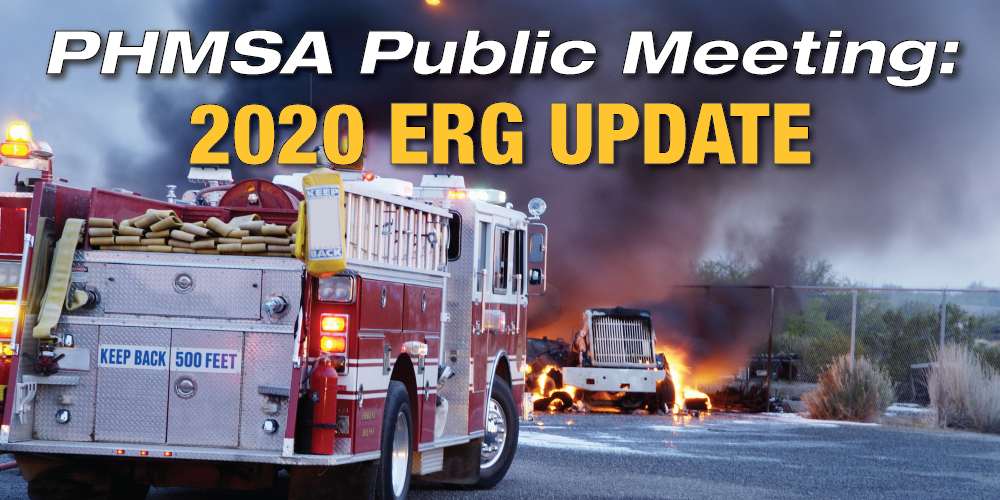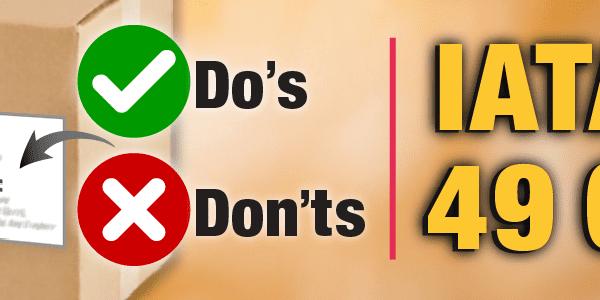
On May 7, 2019, the Pipeline and Hazardous Materials Safety Administration announced there will be a public meeting scheduled for June 17, 2019 to solicit input on the development of the 2020 edition of the Emergency Response Guidebook (ERG). During the June 17 meeting, PHMSA will discuss different ways to determine the appropriate response protective distances for poisonous vapors resulting from spills involving dangerous goods considered toxic by inhalation in the “green pages” of the 2016 ERG. PHMSA will also discuss new methodologies and considerations for future editions of the ERG and outcomes of field experiments including ongoing research to better understand environmental effects on airborne toxic gas concentrations and other updates that will be published in the 2020 ERG. The 2020 ERG will be published in English, French, and Spanish and will increase public safety by improving emergency response procedures for hazardous material incidents across North America. For more information on how to be a part of the public meeting visit the link below:
PHMSA first published the ERG Guidebook in 1973 for use by emergency services personnel to provide guidance for first responders during the critical first 30 minutes of hazardous materials transportation incidents. Since 1980, PHMSA’s goal has been to provide free access of the ERG to all public emergency response personnel including fire-fighters, police, and rescue squads. PHMSA has distributed more than 14.5 million copies of the ERG to the various emergency service agencies. Since 1996, PHMSA, Transport Canada, and the Secretariat of Communication and Transport of Mexico have collaborated in continuous development of the ERG and is now used across North America and is updated and published every four years. The ERG consists of 5 color coded sections with the including following information:
- White pages – The start of the booklet, gives the instructions for how to utilize it and pictures of the different hazard labels or OSHA pictograms that are likely.
- Yellow pages – This section lists the identification numbers in order so someone could use the number to locate the appropriate response needed.
- Blue pages – Includes the shipping names of materials in alphabetical order which are used to locate the appropriate response.
- Orange pages – The actual emergency response procedures are located in these pages including the list of potential hazards, public safety information, and emergency response for fire, spills and first aid.
- Green pages – Includes the tables for initial isolation, protective distances and water-reactive materials. Both tables are helpful when dealing with toxic gases or for knowing the appropriate extinguishing media to use.
Although the next ERG is not scheduled to come out until 2020, we will continue to carry the 2016 ERG at the link below:
Other References:https://www.phmsa.dot.gov/news/phmsa-announces-public-meeting-solicit-input-2020-emergency-response-guidebook





